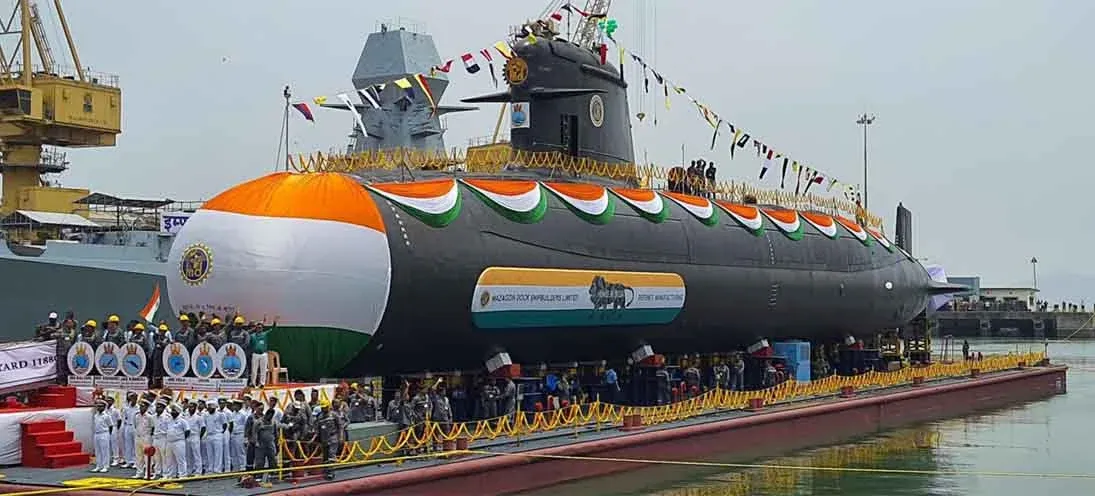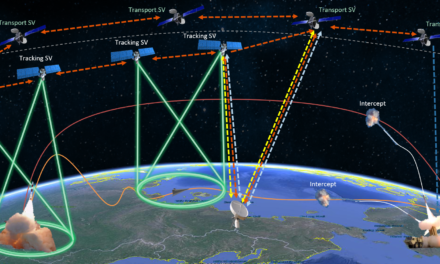Naval warfare equipment, including submarines and warships, incorporates advanced technologies to enhance capabilities in detection, combat, defense, and operational efficiency. These technologies ensure superiority in maritime domains and adapt to evolving threats. Here are the key technologies used in naval warfare:
1. Stealth Technology
- Reduced Acoustic Signature:
- Advanced materials and hull designs minimize noise generated by engines, propellers, and onboard systems to avoid sonar detection.
- Example: Anechoic tiles on submarines absorb sonar waves, reducing detection likelihood.
- Radar Cross-Section Reduction:
- Stealthy superstructure designs and radar-absorbent materials reduce the visibility of warships to radar systems.
- Infrared Suppression:
- Systems that reduce heat emissions from engines and exhausts to lower infrared detectability.
2. Advanced Sensors and Surveillance
- Active and Passive Sonar:
- Active sonar emits sound waves to detect underwater objects, while passive sonar listens for noises from enemy vessels.
- Example: Submarines use towed array sonar systems for long-range detection.
- Phased-Array Radars:
- Provide 360-degree coverage, track multiple targets simultaneously, and are resistant to jamming.
- Example: AN/SPY-6 radar on modern warships.
- Electro-Optical and Infrared (EO/IR) Sensors:
- Enhance surveillance, targeting, and situational awareness in low-visibility conditions.
- Unmanned Systems Integration:
- Drones and underwater vehicles provide real-time data and extend the surveillance range of ships and submarines.
3. Advanced Weaponry
- Missile Systems:
- Cruise Missiles: Long-range, precision-guided missiles like the Tomahawk for land and sea targets.
- Anti-Ship Missiles: Systems like the Exocet or Harpoon designed to disable or sink enemy vessels.
- Anti-Aircraft Missiles: Surface-to-air missiles (SAMs) protect ships from aerial threats.
- Naval Guns:
- Modern warships use advanced, automated naval guns with high precision and rapid firing rates, such as the BAE Systems Mk 45.
- Torpedoes:
- Advanced torpedoes, like the Mark 48, are guided by wire or sonar for high accuracy in targeting submarines and ships.
- Directed Energy Weapons (DEWs):
- Laser weapons and high-powered microwaves provide precision engagement and cost-effective defense against drones, missiles, and small boats.
4. Electronic Warfare (EW) Systems
- Jamming and Deception:
- Systems disrupt enemy radar, communication, and targeting systems to protect naval assets.
- Example: Nulka active missile decoy systems create false radar signatures to misdirect incoming threats.
- Signals Intelligence (SIGINT):
- Interception and analysis of enemy communications and radar signals for tactical advantage.
- Cyber Warfare Capabilities:
- Protecting naval networks from cyberattacks while enabling offensive operations to disrupt enemy systems.
5. Submarine Technologies
- Air-Independent Propulsion (AIP):
- Extends underwater endurance of non-nuclear submarines by generating electricity without surfacing.
- Example: Stirling engines or fuel cells in modern diesel-electric submarines.
- Silent Propulsion Systems:
- Advanced electric propulsion minimizes noise, enhancing stealth.
- Automated Systems:
- Reduce crew size and operational complexity through AI-driven automation for navigation, weapons, and maintenance.
- Hypersonic Weapons Integration:
- Submarines equipped with hypersonic missile launch capabilities for strategic deterrence.
6. Unmanned Systems
- Unmanned Surface Vehicles (USVs):
- Perform reconnaissance, mine detection, and anti-submarine operations without risking crewed vessels.
- Unmanned Underwater Vehicles (UUVs):
- Used for intelligence gathering, mapping underwater terrain, and detecting submarines or mines.
- Drones:
- Aerial drones enhance ISR (intelligence, surveillance, and reconnaissance) capabilities and assist in targeting.
7. Integrated Combat Systems
- Combat Management Systems (CMS):
- Integrates sensors, weapons, and communication systems into a single platform for real-time decision-making.
- Example: Aegis Combat System on US Navy warships.
- Network-Centric Warfare:
- Ships and submarines are connected to a larger network, allowing seamless sharing of data and coordinated operations.
- Artificial Intelligence (AI):
- AI analyzes sensor data, identifies threats, and suggests optimal responses in complex combat scenarios.
8. Propulsion and Energy Systems
- Nuclear Propulsion:
- Powers submarines and aircraft carriers, providing virtually unlimited range and endurance.
- Example: US Navy’s Virginia-class submarines.
- Hybrid Electric Propulsion:
- Reduces fuel consumption and enables quieter operation for enhanced stealth.
- Energy Storage Systems:
- Advanced batteries and energy storage solutions improve endurance and support high-energy systems like DEWs.
9. Autonomous Operations and Automation
- Reduced Crew Requirements:
- Automated systems manage navigation, maintenance, and combat functions, reducing operational costs.
- Autonomous Vessels:
- Development of fully autonomous ships capable of performing surveillance, logistics, and combat missions.
10. Defensive Technologies
- Countermeasure Systems:
- Decoys and flares mislead incoming missiles and torpedoes.
- Example: Surface Ship Torpedo Defense (SSTD) systems protect vessels from underwater threats.
- Point Defense Systems:
- Close-in weapon systems (CIWS) like the Phalanx defend against incoming missiles and aircraft at short range.
- Anti-Mine Technologies:
- Minesweeping drones and sonar systems detect and neutralize naval mines.
11. Communication and Navigation
- Secure Communication Systems:
- Encrypted communication ensures secure links between ships, submarines, and command centers.
- Satellite Communication:
- Real-time data sharing and situational awareness across the fleet via space-based assets.
- Underwater Communication:
- Acoustic communication systems enable data transfer between submarines and surface ships.
12. Advanced Hull Designs
- Hydrodynamic Optimization:
- Hull shapes designed for reduced drag, improved fuel efficiency, and enhanced speed.
- Modular Designs:
- Flexible construction allows ships to be quickly adapted for different missions by swapping modules.
13. Hypersonic and Ballistic Missile Defense
- Interceptor Missiles:
- Systems like the Aegis Ballistic Missile Defense (BMD) intercept ballistic and hypersonic threats.
- Directed Energy:
- Laser and microwave weapons complement missile-based defense against high-speed threats.
Strategic Advantages
- Enhanced Stealth: Reducing detection likelihood ensures a tactical edge in high-threat environments.
- Multi-Domain Integration: Connecting air, sea, and space assets for seamless operational synergy.
- Rapid Response: Advanced systems enable faster detection and counteraction against threats.
In conclusion, modern naval warfare equipment is characterized by a blend of stealth, advanced weaponry, automation, and networked systems, making warships and submarines highly versatile and resilient in complex combat scenarios. These technologies collectively ensure dominance across the maritime domain.
Hashtags
#NavalWarfare #ModernNavalTech #WarshipInnovation #SubmarineTechnology #MaritimeDefense #AdvancedSubmarines #UnderwaterWarfare #StealthSubmarines #NavalWeapons #AIInNavalWarfare #NavalSurveillance #NuclearSubmarines #CyberDefenseAtSea #EcoFriendlyNavalTech #NextGenNavalTech













